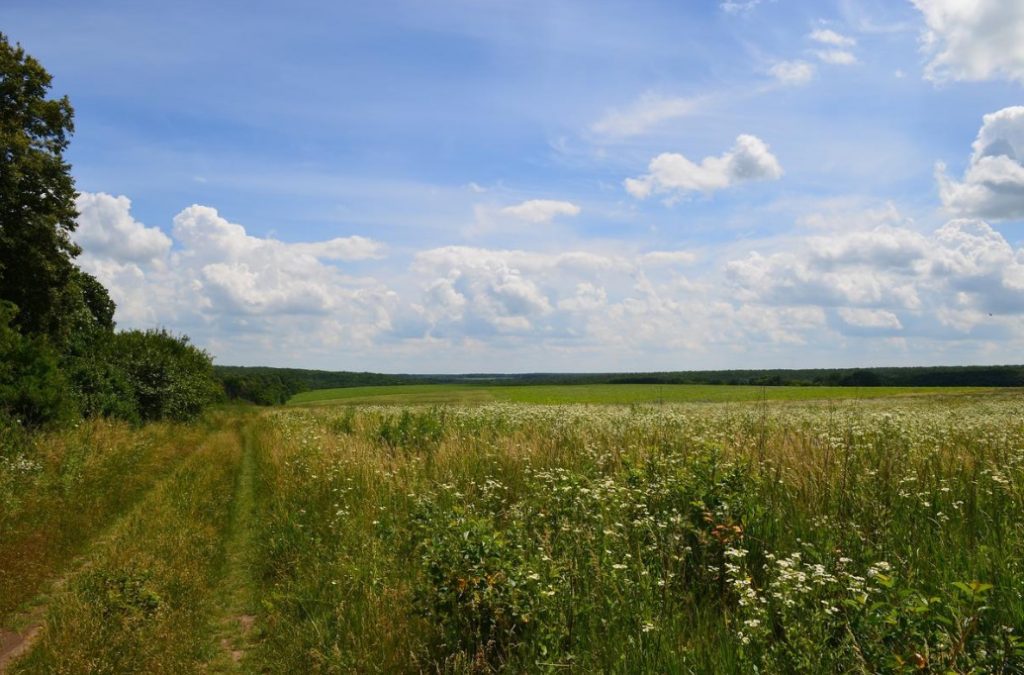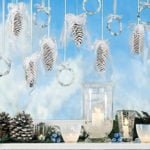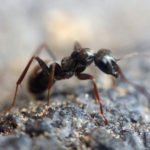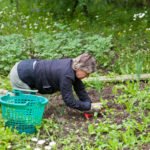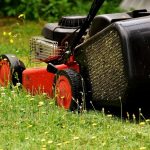July is the hottest month of summer. It is time to harvest hay, gather berries (both garden and forest), dry medicinal herbs; at the end of the month, the harvest of bread begins, and mushrooms appear in the forest. There’s a lot to do: “All summer is good, but the top of my head is heavy.”
But” if you don’t sweat in July, you won’t get warm in winter, ” says popular wisdom. There is no time to rest: “July-the top of summer-tired does not know, everything is tidied up”. And of course, a lot depends on the weather at this time: a drought can destroy the grain, prolonged rains can rot the hay. Therefore, in July, there are a lot of “weather” events; our ancestors noticed the behavior of animals, birds, insects, and natural phenomena, making fairly accurate forecasts for them. Why don’t we try it?
We can tell the weather from the flowers…
Many of the plants before the bad weather as if hide — fold leaflets are closed and I lean towards earth colors. Find out what signs you can use to make a reliable weather forecast for the next day. Or maybe you have your own observations that will add to this list?
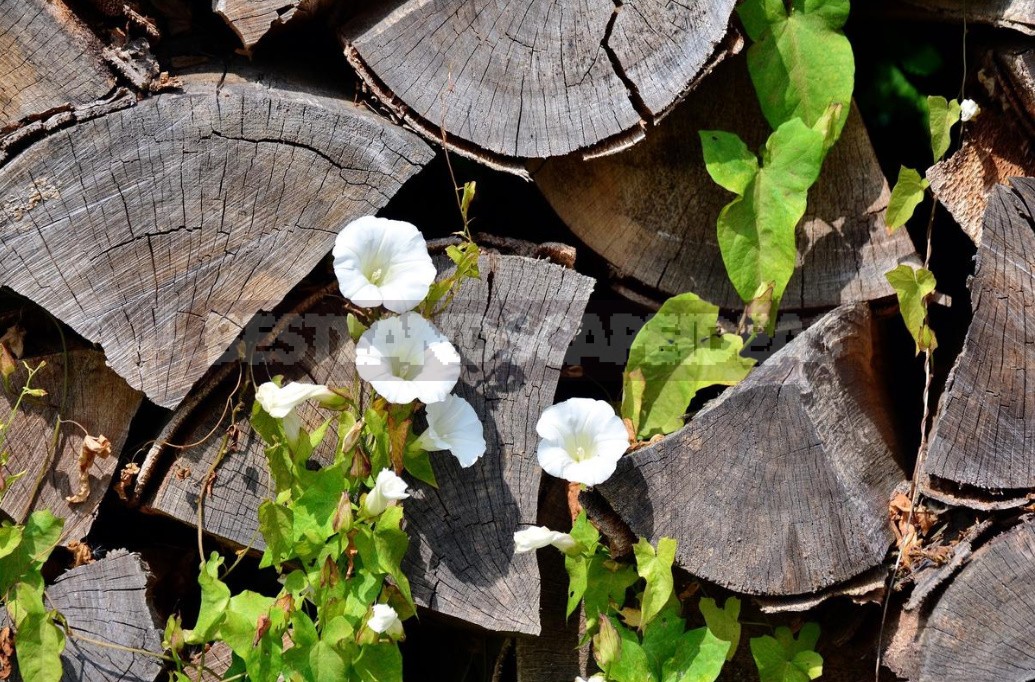
- Convolvulus arvensis closes the flowers during the day-to rain.
- If the day began to close the flowers of Nymphaea alba-soon it will rain, and maybe a thunderstorm.
- Clover folds its leaves before the rain.
- Currant leaves “cried” – to the wet, rainy weather.
- Oxalis folds the leaves, and its flowers droop — to be bad weather.
- Malva flowers on a Sunny day closed, as if withered — to the rain.
- Stellaria media bloomed in the morning, and its flowers are open all day-for good weather.
- Moisture on the back of Atriplex leaves foreshadows rain.
- The potato flowers drooped on a Sunny day — soon the weather will change.
- The carrot tops drooped-to the rain.
… find out by the rainbow…
The morning dew, the trees, and even the colors of the rainbow can tell a careful observer a lot. The main thing is to know what to pay attention to.

- Strong dew – on a clear day, if the grass is dry in the morning-by night it will rain.
- The morning soars — the rain gives.
- It’s warmer in the evening than in the afternoon, so it might rain.
- If in a quiet, windless weather, dry branches fall from the trees, it may be bad weather.
- The forest is noisy, but there is no wind — the rain is coming.
- If the rainbow lasts long after the rain, then the wet weather will be delayed.
- If the rainbow has a predominant yellow or red color, it will be clear and Sunny; the greener the rainbow, the longer it will rain.
- A rainbow across the river-to good weather.
- Water in rivers and wells comes – to bad weather, decreases-to dry weather.
- If the moon has a greenish hue, expect a severe drought.
- After the rain, it gets warmer, the steam from the ground goes — to prolonged rains.
- Rain without wind-to prolonged inclement weather.
… ask the bees and frogs
At the height of summer, life in nature boils: lizards and frogs, swallows and sparrows, bees and ants, dragonflies and grasshoppers — anyone you meet in the garden, in the meadow, in the forest or in the field. And they certainly know more about the weather than we do, they feel its changes better. And we, observing their behavior, can draw our own conclusions — folk signs will help us.
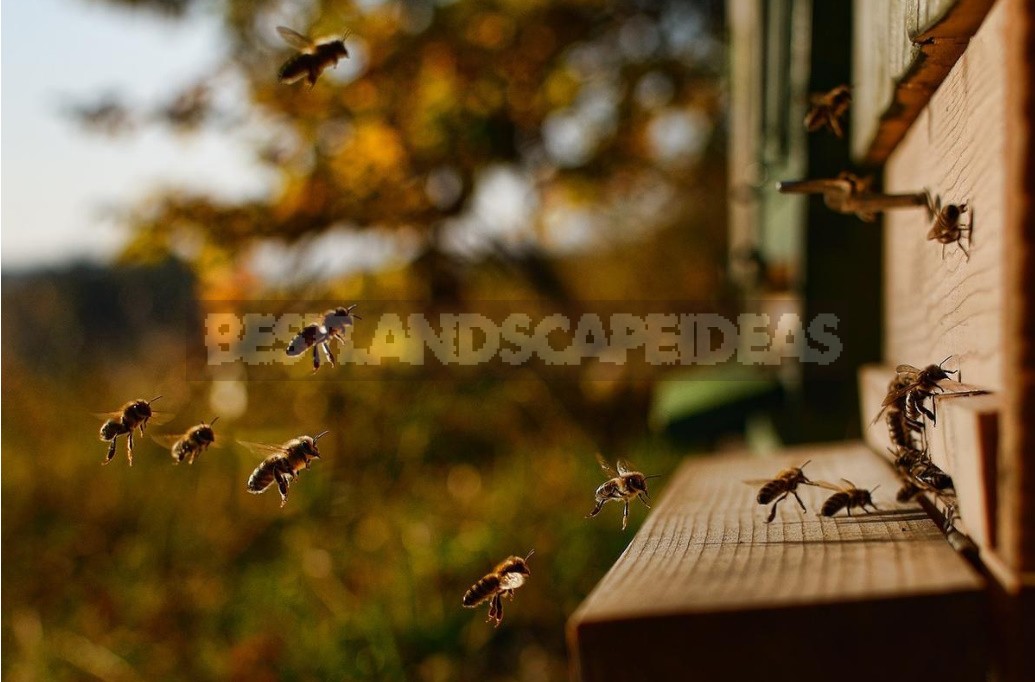
- If the frog jumps on the ground-it will rain, if it sits in the water-it will not rain.
- Frogs croak softly – for rain, loudly – for Sunny weather, and if they are silent-wait for cold weather.
- The mole fills the ground in high heaps-for clear weather.
- Apodemus agrarius at night start a fuss, squeak — the day will be clear and Sunny.
- Swallows and Swifts fly up and down to the storm; they fly high and chirp to the clear day.
- The Raven flies high-to a clear, Sunny day.
- The egret screams as it flies-it will be fine weather.
- Sparrows are brisk, pugnacious, lively-wait for a Sunny day.
- Bats after sunset frolic, “play out” — the next day will be clear.
- A Seagull is sitting on the water-for good weather.
- Lizards hide in their burrows — it’s going to rain.
- Ants hide — for rain with strong winds, thunderstorms, and if.
- In the evening, a lot of moths swirl around the flowers — the next day, expect bad weather.
- Bees became angry – to a drought, on the wall of the hive sit — to a strong heat.
- Bees fly to the fields in the morning — the weather will be fine all day.
- Spiders are particularly careful to weave a web — long will be dry weather.
- Dragonflies gather in flocks, tossing in the air-there is a thunderstorm.
About crop types
July is the time of the first harvests. There is no need to guess any more — the results can be judged by the actual fruits, because there is very little about the harvest in July.
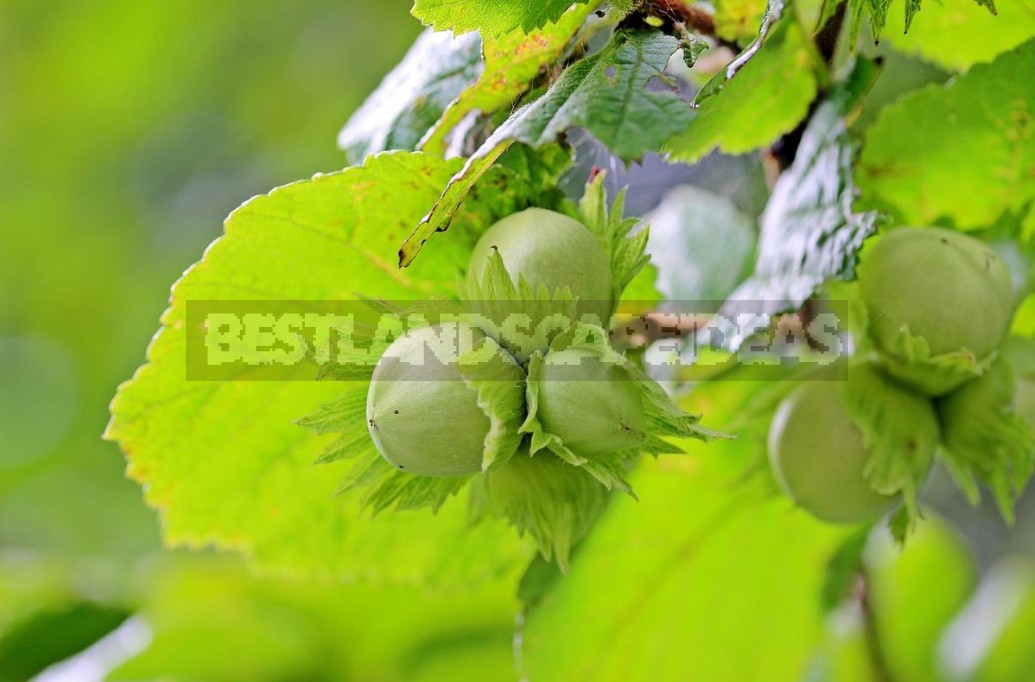
- Frequent July fogs-to a good harvest of mushrooms.
- A lot of ovaries on hazel-millet will be well born.
- There are many ovaries on the branches of mountain ash-for a good crop of flax.
- Owls in the forest scream a lot-it means that the year is fruitful.
Berry year-for a harsh winter?
Summer is still in full swing, and the farmer is already thinking about winter. Our ancestors tried to predict when the cold weather would come, what winter to expect, and what to prepare for, based on fruits and herbs, the behavior of animals and birds. These observations may also be of interest to us.
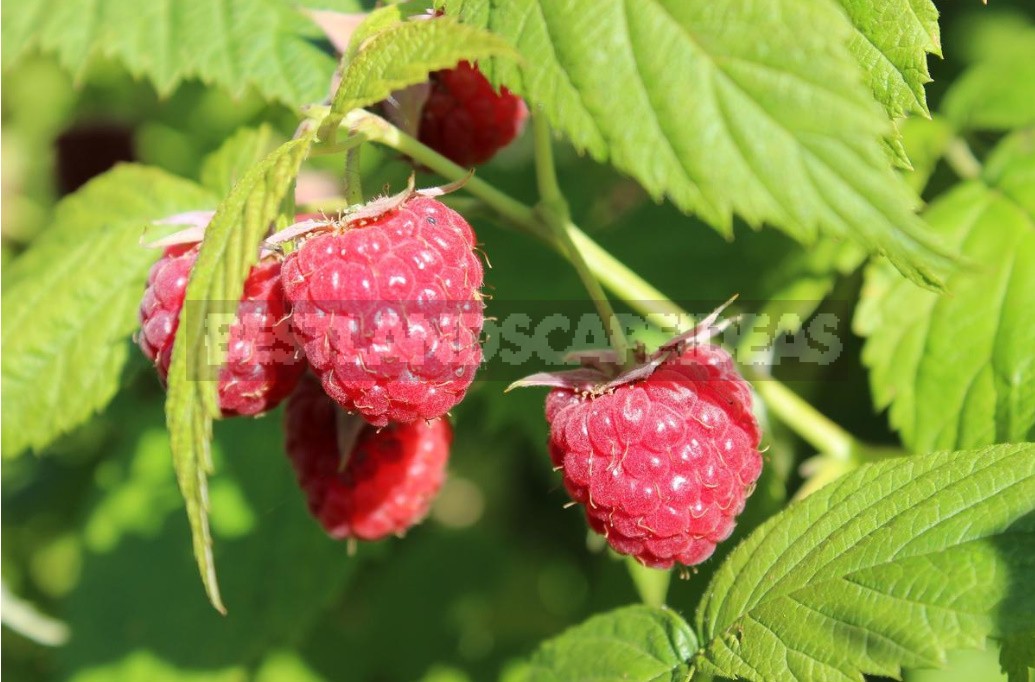
- If ants in early July expand and increase the anthills-wait for an early and cold winter.
- A lot of raspberries-for a cold winter and a large crop of rye.
- A plentiful harvest of fruits and berries in the garden promises a harsh winter.
- Mice build their nests in flax — the winter will be snowy.
- If the larvae of crunch are completely white – to a frosty winter, and if they have a bluish tint — to a warm one.
- Quail close to the village arrive-wait for the harsh winter.
- If the first yellow leaves appear on the trees by July 15, expect early autumn and winter.
